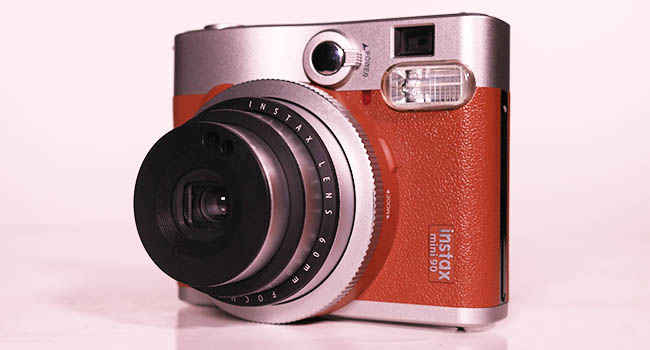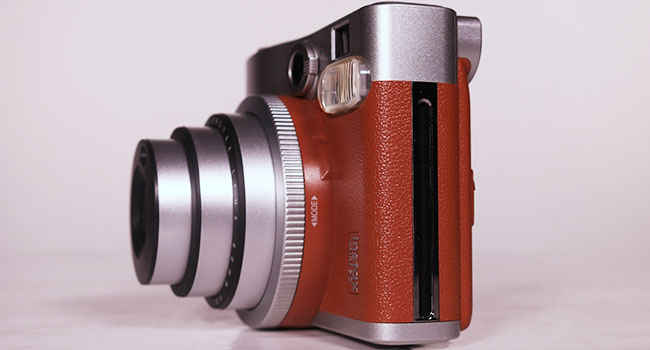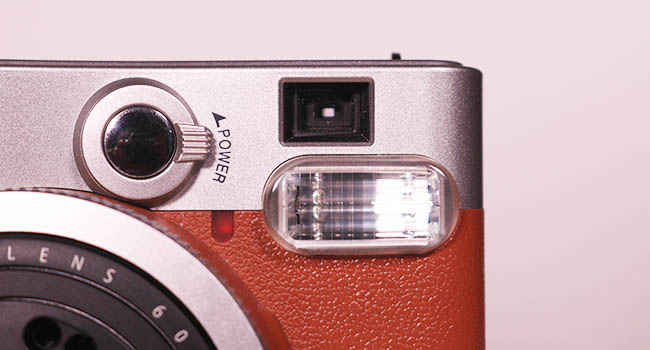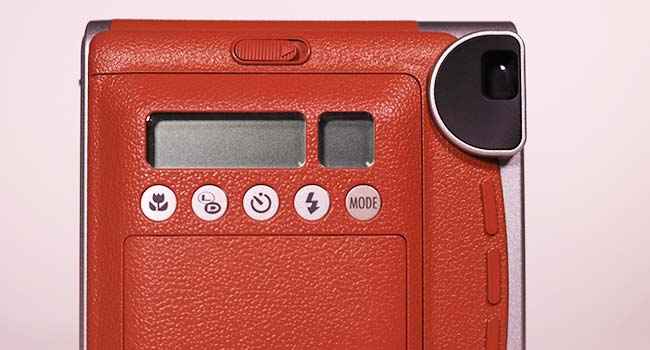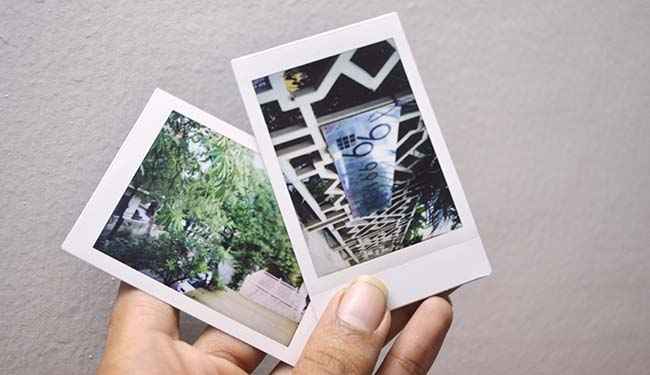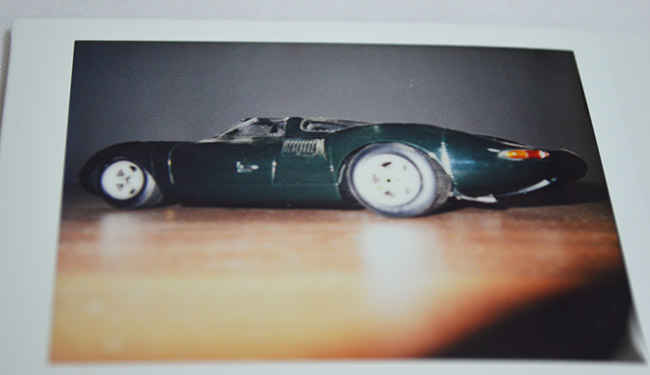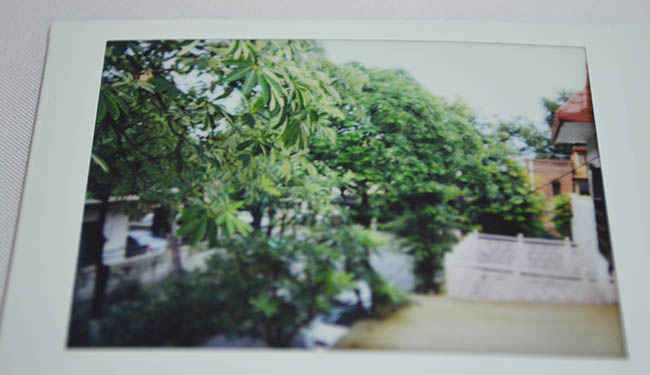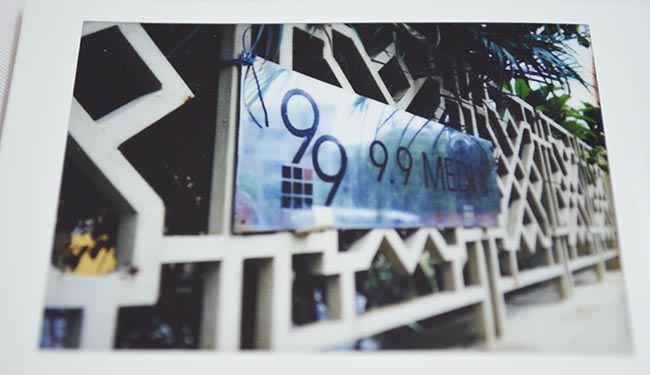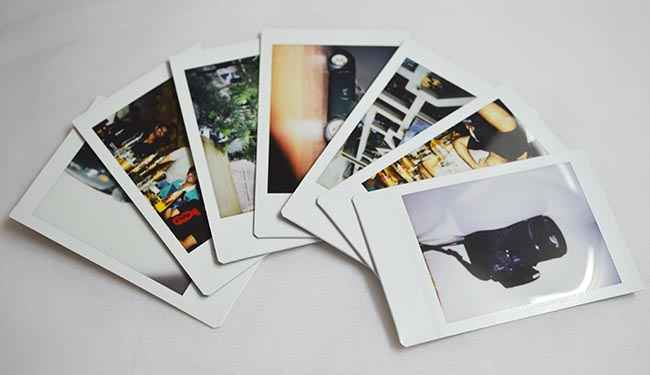Fujifilm Instax Mini 90 Neo Classic Review : To paper prints and real albums
The Fujifilm Instax Mini 90 Neo Classic is a novelty, packing a host of digital features into the polaroid form. While maintaining it is arguably expensive in comparison to the digital cameras that we’ve become used to, it does pack the charm of days when photographs meant paper prints, and albums meant leather-bound hand-stitched volumes. The photographs are not the uber-crisp high definition images that digital cameras now produce, but they are good enough to create memories that will stay with you for a long time. At Rs. 11,000 for the camera and roughly Rs. 500 for a set of 10 prints, the Instax Mini 90 Neo Classic makes for a really classy gift item. We give a thumbs up to this one!
Design and Build
Fujifilm has dubbed the Instax Mini 90 Neo Classic as its flagship camera of the Instax series. As is usual with a flagship device, the Instax Mini 90 looks the most mature in the Instax family. The majority of the dual-tone plastic body gets a faux leather texture, and is available in two colours: tan and black. One very likeable factor about it is the simple, uncluttered outer shell of the camera, which succeeds in retaining a retro look to it. Most of the front is taken up by the large 60mm mechanically-operated lens. The front end of the viewfinder, the flash bulb and the power swivel is neatly arranged into the top-right corner of the front face, while the bottom right houses a vertical ‘Instax Mini 90’ logo. The rear face houses the viewfinder eyepiece at the top-left corner. A spring release button keeps the film cartridge locked inside the camera, and the battery chamber is housed on top of the cartridge flap. There are two monochrome digital displays, placed right above the five buttons that give digital controls to the camera.To the right is the screw placement for attaching a tripod/camera stand, and the print output slot is to the left. The top of the camera has the shutter button, and a hook for the camera strap.
The Fujifilm Instax Mini 90 is a compact camera, which doesn’t feel too bulky to hold and carry around. The top edge of the camera gets a smooth curve, which adds to its seamless, flowing design. The rectangular shape along with rounded edges contribute further in providing the Mini 90 with a minimalistic, simplified design. Build-wise, too, it feels reasonably sturdy. The film and battery flaps on the back, though, feel a little flimsy. The leather texture is distinctly plastic, and the top half of the dual-tone plastic body of the camera has a smoothened finish about it. Ergonomically, it is slightly difficult to use the Mini 90, if you have comparatively smaller palms. However, it is not difficult, and body grip on the camera is good. Adjusting the digital settings on it is really simple, and it does not take long to get a hang of it. Fujifilm has designed the Instax Mini 90 keeping in mind a simple, hassle-free and fun photographic experience, and that is exactly what you get with it.
Features and Controls
The Instax Mini 90 is equipped with a 2-element mechanically operated lens with a focal length of 60mm and aperture of 12.7. The resulting diameter opening of 4.72mm of the lens is on the lower side in comparison to similarly priced digitally operated cameras, which have an average diameter opening of 6-10mm in standard daylight outdoor conditions. This results in photographs with low luminance, i.e., darker photographs with low brightness. One issue I faced is the misaligned viewfinder on the Instax Mini 90, which needs some getting used to, before you will finally be able to obtain the photograph you want. In the Instax Mini 90, the shutter speed ranges between 1/8” and 1/400” for normal shooting, while the aperture is fixed at f/22 by the camera.
The narrow viewfinder, however, features an image target point for you to focus on, which somewhat improves the shooting experience. There are two viewfinders at the back of the camera, denoting various photo modes, battery status and number of films left. The macro mode enables better close-up photography, although focusing in this mode is somewhat tedious. The L/D button, standing for Lighter/Darker, provides a solution to the natively narrow lens. You can compensate in extremely bright or low light conditions by choosing one of the D (darker), L (lighter) and L+ (much lighter) modes. You can also set a timer and control your flash. The flash control settings help in choosing among fill, red eye and no flash options. The added support for a tripod stand lends usability of the timer, and even you can feature in the birthday gang photograph by enabling the timer.
The Mode button gives way to five further modes: Kid, Party, Landscape, Bulb Exposure and Double Exposure. These can be selected by rotating the ring surrounding the lens on the front face. While the first two modes facilitate faster shutter speeds to accurately capture fast moving objects or spontaneous moments in parties, the landscape mode gives priority to both the shutter speed and exposure, thereby obtaining the best settings as per light conditions in an outdoor area. The other two mode add slow shutter speed and double shutter for obtaining better night photographs and superimposed characters within one print. In Bulb mode, the shutter can remain open up to 10 seconds at the maximum, and capturing photos on the double exposure add interesting visual effects to the 62mm/46mm photo prints.
The prints are crisp, with good colour accuracy. Fujifilm has given an additional layer of protection on the film to protect it from moisture and gradual degradation. Fujifilm could have enhanced the retro feel of the camera by adding sepia/monochrome tints to the prints. That amiss, this is a well-equipped polaroid camera that takes good photographs.
Photograph Quality
The Instax films have a rich colour tone in the prints, which make photographs look crisp. There is an insulation to provide durability to the prints. Colour tone is decently balanced, although certain daylight photographs had a slightly cool hue to it. Check out the images here to see how the photographs look!
Bottomline
The Fujifilm Instax Mini 90 Neo Classic can produce decent photographs, despite weak image stabilisation and a lack of manual controls. Having said that, it makes for a nice change from the usual digital cameras. Adding to that the retro look and simplicity of operation makes for a very novel birthday present, or even one for the festive season! At Rs. 11,000 for the camera and roughly Rs. 500 for a set of 10 prints, we give the Instax Mini 90 Neo Classic a massive thumbs up!

